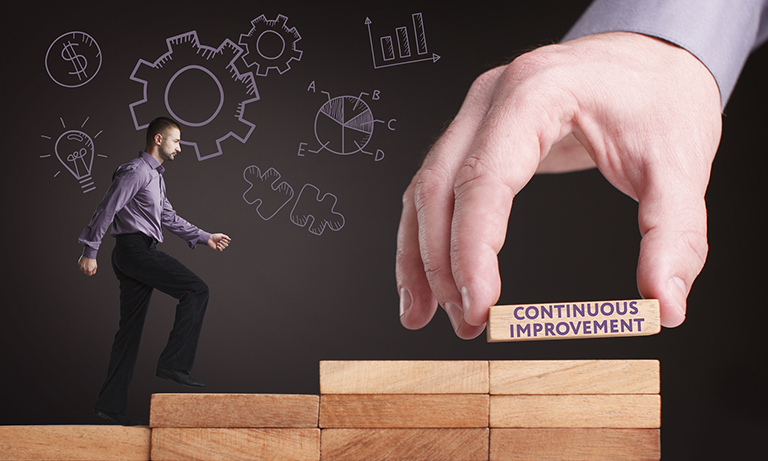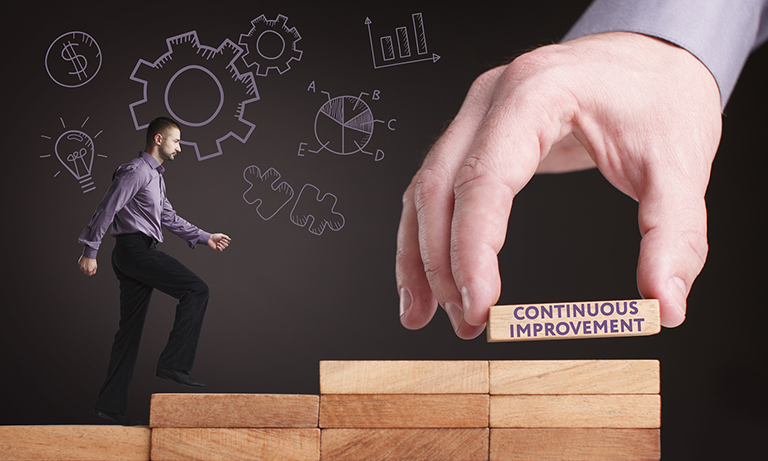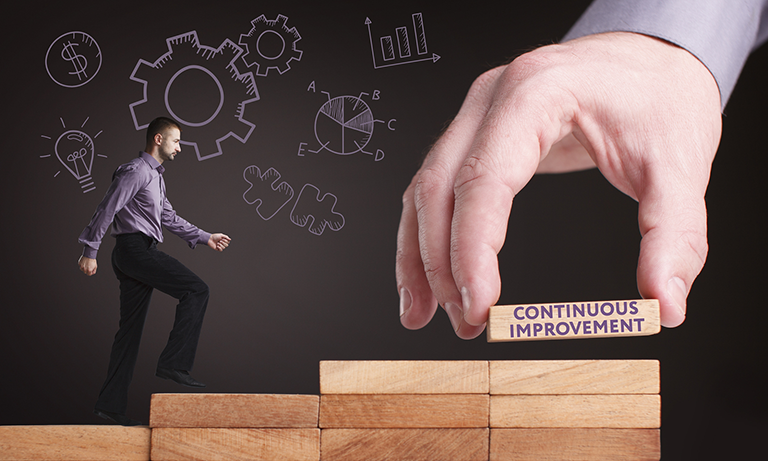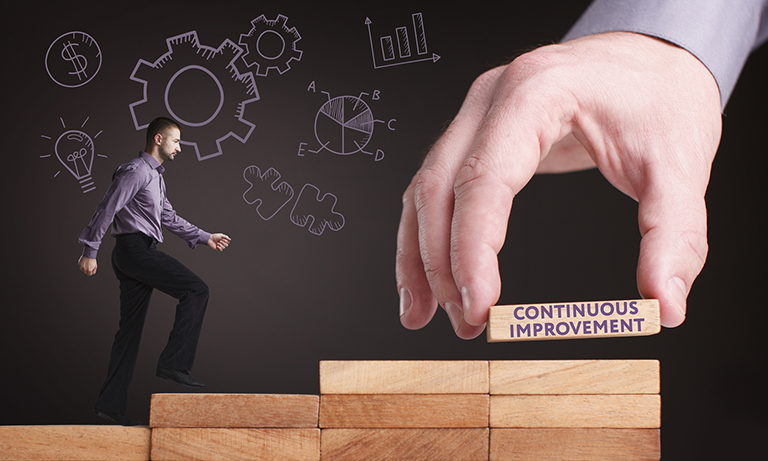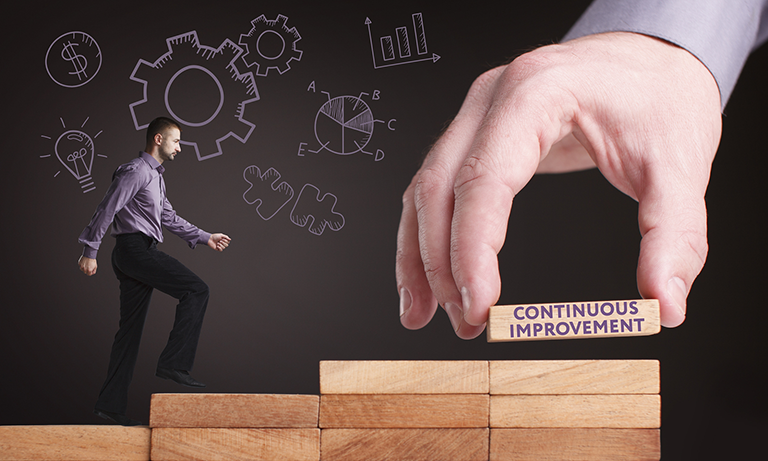किसी भी संगठन में काइज़ेन को सफलतापूर्वक लागू करने के लिए 6 कुंजियाँ
What is Kaizen?
Kaizen events are focused improvement activities designed to improve a process or work area. The main emphasis of kaizen is on the elimination of unnecessary non-value added activities which results in improved quality, efficiency, delivery, cost saving, performance, standardized systems and employee engagement. Kaizen event can be seen as a continuous improvement activity at the micro level as opposed to some of the other large-scale efforts such as Lean and Six Sigma.
Kaizen events are usually brief where people, including the management team, participate in analyzing their Value Stream Map (VSM) to solve a specific problem.
Kaizen event demands thoughtful planning by team leaders involved. These events must be aligned with broader operational goals and processes in order to have a sustained impact.
Click for Continuous Improvement Resources
Identities of Kaizen Events
Kaizen events go with varieties of name;
- Kaizen Blitz
- Kaizen Burst
- Continuous Improvement workshops
- Focused Improvement workshops
- Kaizen workshops
- Accelerated improvement events
- Rapid process improvement workshops
Kaizen events can also be targeted at specific areas or processes, including;
- 5S Kaizen
- TPM Kaizen
- Setup Reduction Kaizen (SMED)
- Value Stream Mapping or Flow Kaizen
- Supply Chain Kaizen
Whatever name they are called, the goal of kaizen is to utilize the potentials and creative power of your workforce in creating a positive change in specific areas of the business. Kaizen event requires good leadership and careful planning in order to achieve success. A typical kaizen event is capable of generating 20% to 100% improvements in areas such as efficiency, quality and delivery performance.
Click for Continuous Improvement Resources
Why Kaizen?
For a market leader to maintain its position in their chosen industry and maintain their market share, it must be dedicated continually improving it products and services by making them quicker, better or cheaper.
Click for Continuous Improvement Resources
Benefits of Kaizen
Aside from the improvement of processes that kaizen provides; kaizen enhances team collaboration and ownership when used correctly thereby creating a sense of pride and success among these individuals to the benefit of the organization.
Click for Continuous Improvement Resources
Planning a Kaizen Event
Haven defined exactly what is hoped to be achieved and where you want to achieve it for your kaizen event, the following steps outlines a series of tasks that need to be undertaken to have a successful kaizen event.
Training
A successful kaizen event requires someone to lead and facilitate the event, someone who is experienced in lean techniques and philosophies. This could be the area manager or team leader who is experienced in running these types of events. A consultant could also be contracted to lead the project. But this should be based on past records through findings.
Management Commitment
You must be able to win the understanding and commitment of your management to have a successful kaizen event. Without the support of your management, the results is almost certain to slip back.
Communication
Effective communication entails letting everyone in the company know what it is that is oing to be done. Don’t let this be a surprise to them. Carry them along.
Define the scope of the event
The scope and boundaries of the event should be clearly stated. Where will the kaizen event be taking place, the shop floor or office? What part of the shop floor or office? Where isn’t part of the event? What is intended to be achieved at the event of the event?
Assemble your team
Choose the team members from different functions of the company; generally your team leader will be the supervisor / team leader of the area depending on your company structure. The team leader should someone that is positive about creating change and is fully aware of the business case for making improvements.
- Design a measure of performance
Before the event begins, you should become more specific about that improvement desired to be made and put in place measures to track performance.
Click for Continuous Improvement Resources
About the Author
Adebayo is a thought leader in continuous process improvement and manufacturing excellence. He is a Certified Six Sigma Master Black Belt (CSSMBB) Professional and Management Systems Lead Auditor (ISO 9001, 45001, ISO 22000/FSSC 22000 etc.) with strong experience leading various continuous improvement initiative in top manufacturing organizations.
You can reach him here.
